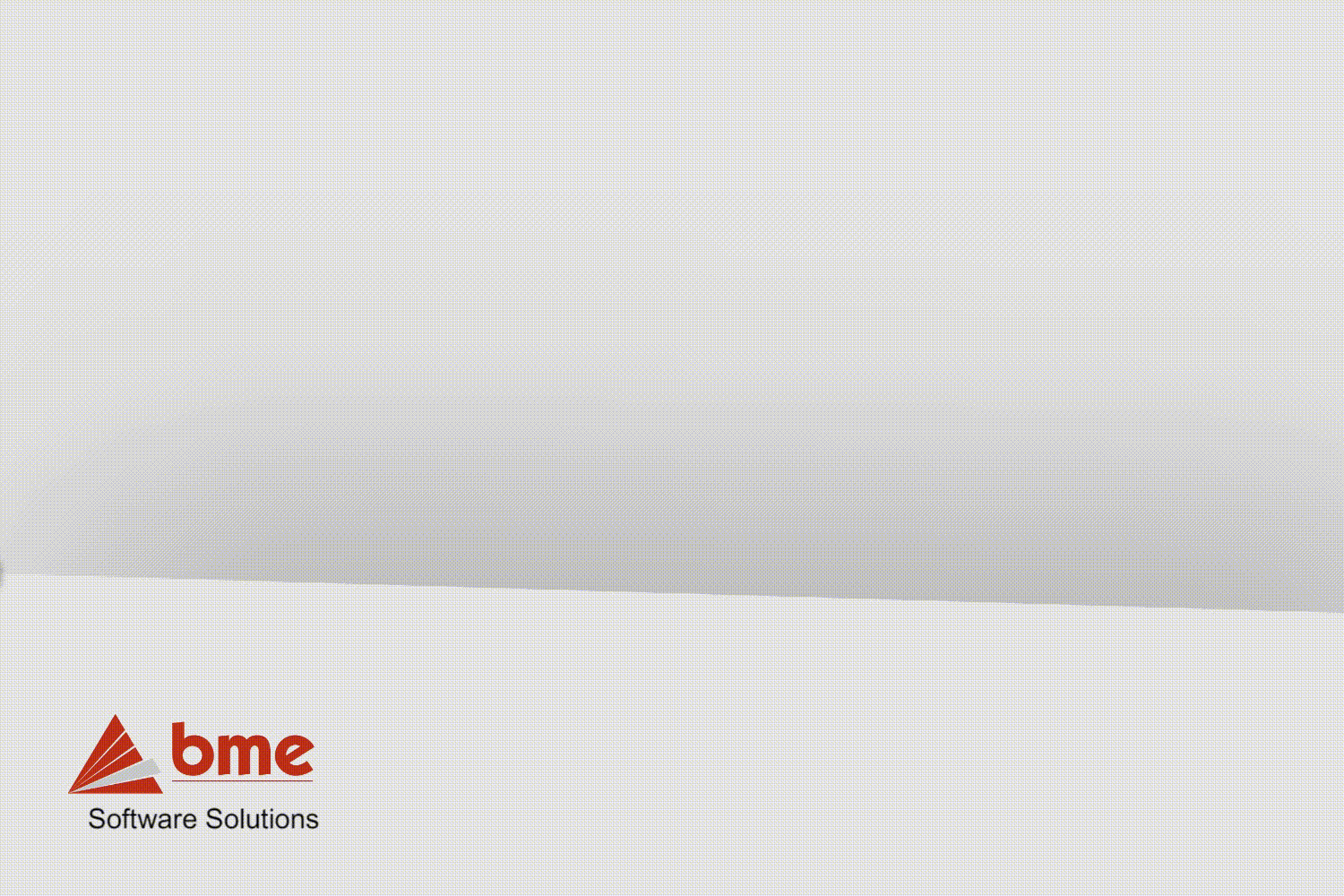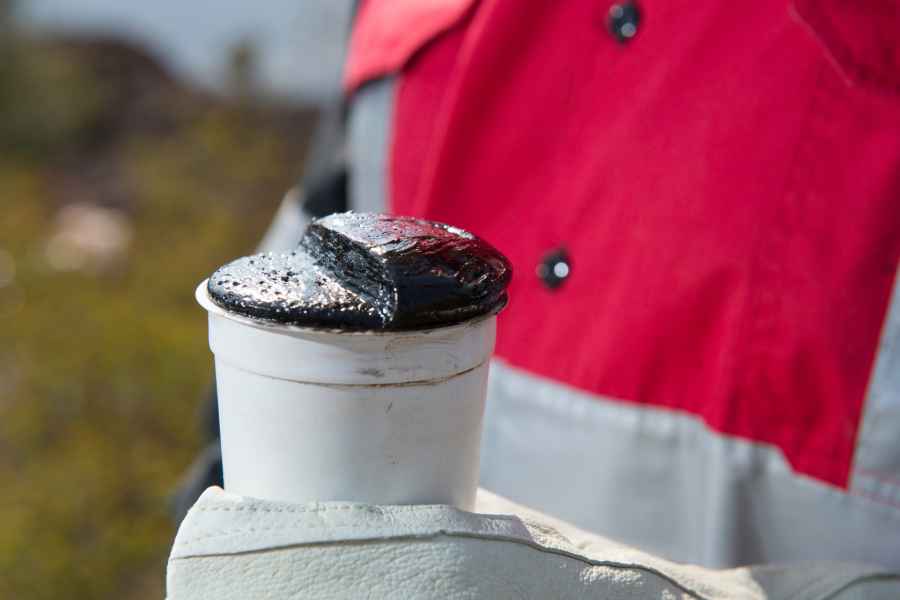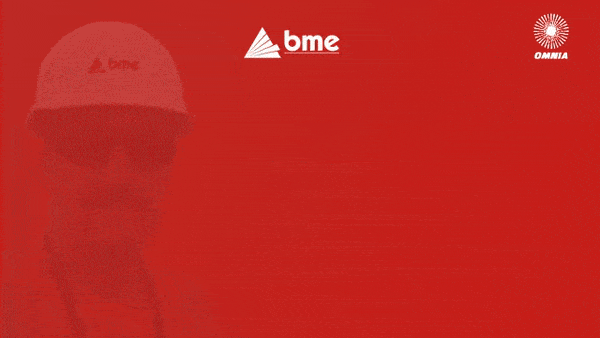To achieve optimal blasting results for mining efficiency, mines need real-time data from their blasting blocks; BME’s new generation Xplolog does just that – and is being put to work at a large opencast mine in South Africa’s Northern Cape province.
“The digital revolution is giving mines valuable steppingstones toward progressively smarter mining,” said BME Product Manager (Software Development) Christiaan Liebenberg. “As blasting is an early-stage activity in the mining cycle, it can impact significantly on the efficiency of subsequent stages. Mines are looking to fast-evolving blasting technology to do this.”
Liebenberg highlighted the importance of quick access to data on drill holes, explosives and other blast-related indices – to ensure quality blasting on a regular and consistent basis. If blast engineers and management can see the progress of blast preparation in real time, they can respond quicker to deviations that might compromise the control and fragmentation of each blast.
The digital revolution is giving mines valuable steppingstones toward progressively smarter mining. As blasting is an early-stage activity in the mining cycle, it can impact significantly on the efficiency of subsequent stages. Mines are looking to fast-evolving blasting technology to do this.”

Christiaan Liebenberg
BME Product Manager
(Software Development)
Digital insight
“The new generation of Xplolog – part of our BLAST ALLIANCE suite of digital blasting tools – builds on our cloud-based data storage principle, giving users quick and detailed insight into all critical aspects of blast block preparation,” he said. “From hole depths and priming, to charging and stemming, this data can be logged on an Android tablet and sync to a cloud database.”
In fact, this iteration of Xplolog has really been designed by customers, he said. The ground-up redesign was done in collaboration with a technology partner, who conducted one-on-one feedback sessions with existing users. This systematic approach has allowed customer priorities to be built into the design.
“We were able to fine-tune our improvements by understanding what users want when navigating the app or inputting data,” he said. “Specialised design validation techniques using cameras were also applied to assess the user experience at different stages in our development process.”
Data and scenarios
With the Android device provided by BME, users log a range of data from the blast block. Starting with the drilled depth of the hole, the app is populated with data on priming, charging and stemming. There are also various scenarios that the app accommodates, to trigger the relevant action. Where water is identified in a hole, for instance, a sleeve may need to be inserted. Unplanned holes may also need to be drilled where rock hardness or a collapsed hole prevents continued operations on the original planned hole.
“As data is being input, Xplolog is doing the necessary calculations in the background,” said Liebenberg. “If a hole has been over drilled, for example, the app will calculate the new volume of explosive required to be pumped by the mobile manufacturing unit (MMU).”
If the device is within range of a wifi signal – or if it has a SIM card to link to a cellular signal – the data can be uploaded to the cloud instantly. This feeds into a redesigned and enhanced Xplolog dashboard which other users can access on their mobile devices or computers – giving up-to-date progress on work being conducted on the blast block.

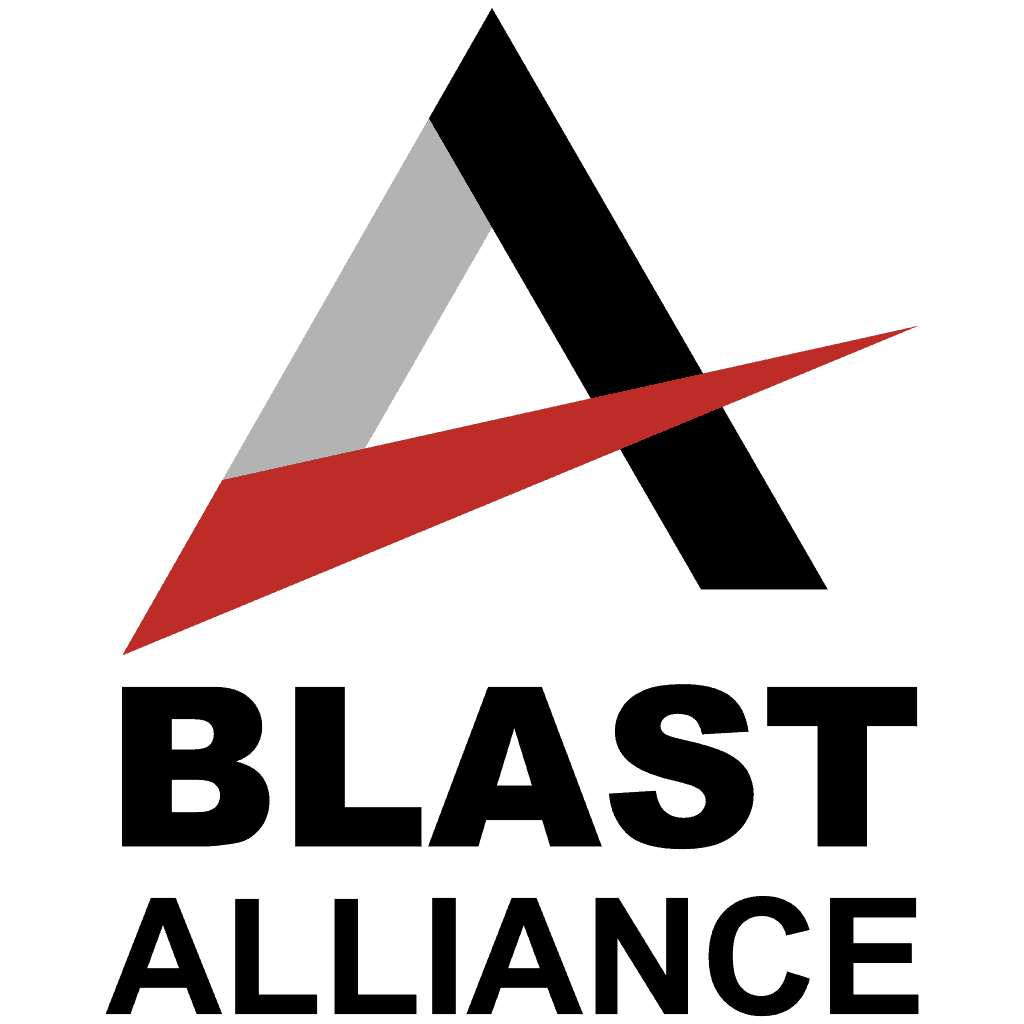

Reporting
“Users can explore specific data on each hole – such as comparing the design depth and charge versus the actual depth and charge,” he said. “The reporting function has also been upgraded considerably, giving users customised reports that save them time and are readily shared with others.”
There are default templates available, and users can also configure their own reports – saving their preferences for future use. This makes for higher productivity for blast engineers and management and delivers professionally designed reports ready for presentation.
The dashboard’s summary view gives users a high-level perspective of all key features of the block. This includes outlining all the holes that have been drilled – and their tolerances – as well as highlighting which holes have been charged and stemmed. Views can be easily customised by each user, and the system will remember each user’s view preferences.
Another new feature is a cross-sectional view of each hole, giving insight into the progress on a specific hole – including the amount of charge and the stemming length. The user management functionality has also been revisited, giving mines the ability to manage their own users. This is more efficient, as mine administrators can quickly add or change user details.
Integration
The upgrading of Xplolog is also brought closer alignment with other tools in its BLAST ALLIANCE suite. Its Blastmap blast design software can export the block design seamlessly to Xplolog.
“While this is not a new feature, we have improved the ease-of-use and given the user a simpler experience,” he said. “Xplolog can also import blast design files from third-party blast design software.”
He noted that application programming interfaces (APIs) now also allowed mines to pull down data from Xplolog into their own IT infrastructure and databases.
“As we continuously upgrade the functionality our BLAST ALLIANCE tools, we are also aligning their look and feel,” concluded Liebenberg. “This also improves the overall user experience.”



